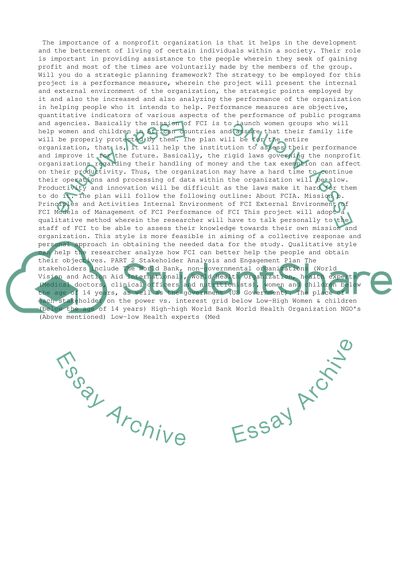Cite this document
(“Family Care International Company Analysis Statistics Project”, n.d.)
Family Care International Company Analysis Statistics Project. Retrieved from https://studentshare.org/business/1402214-family-care-international-company-analysis
Family Care International Company Analysis Statistics Project. Retrieved from https://studentshare.org/business/1402214-family-care-international-company-analysis
(Family Care International Company Analysis Statistics Project)
Family Care International Company Analysis Statistics Project. https://studentshare.org/business/1402214-family-care-international-company-analysis.
Family Care International Company Analysis Statistics Project. https://studentshare.org/business/1402214-family-care-international-company-analysis.
“Family Care International Company Analysis Statistics Project”, n.d. https://studentshare.org/business/1402214-family-care-international-company-analysis.


